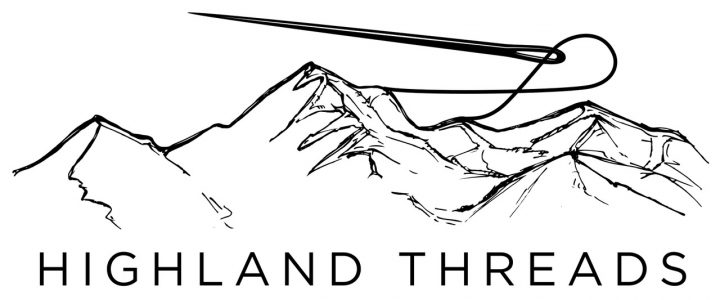This week we are joined by conservator Rachael Thomas who has worked with our museums to provide some much needed love and care for some of the costumes and to assist with mounting them before their image was to be captured.
When I was first asked if I would be interested in helping to mount some costumes for an upcoming project I jumped at the chance. I feel very privileged that over the years I’ve been given the chance to have a nosey within the stores of many of the museums involved, but even for me it’s pretty rare to get a chance to look at costumes and textiles as, being some of the most fragile things we care for, they are often packed away to avoid damage from light and handling.
Working with museums across such as huge area initially sounded daunting, especially given that the distance between the most northern and southern venue is almost 200 miles. But it’s a credit to every museum within the area that with enthusiasm and pragmatism they were able to transport items to a few key hubs in the more rural areas. In each museum an open area suitable for mounting and photography was found or created, and where possible I was provided with photographs of the costumes being worn by their original owners which helped to give me a background on what I was looking to achieve.
On paper there isn’t much to putting a costume on a mannequin – any areas that require more support are padded with polyester wadding which is sewn on to the mannequin, and a cover material is added to ensure that the wadding doesn’t snag on to the interior of the costume. But when it comes to mounting historical clothing the standard size of mannequin often doesn’t represent who a dress was made for, especially when you factor in tiny waists and small statures. And within this collection of costumes three of the dresses have also been modified by family members of their first owner. As very specific shapes for a very specific person, getting these items to look correct on a modern mannequin was often both tricky and time consuming. The undergarments also play a huge role in supporting these unusual shapes. There’s always an element of ‘make do and mend’ when working within small museums, and in the case of creating the exaggerated sides of the Glencoe silk dress we knew that no matter how much polyester wadding we used it would never be enough, so we ended up with a full-sized bustles on either side of the mannequin.
What’s always great about doing an exhibition is that not only do we get to show off some of our objects that otherwise would be within store, but also that by collaboration we can learn so much more about the objects themselves. In this case, being able to remove Dornoch’s silk dress from it’s previous mount gave us a chance to scrutinise the interior stitching, which in turn tells a story about how the upper part of the dress has been modified over the years. It was incredibly odd to be looking at a dress in Dornoch, using my phone to show dress historian Rebecca Olds in Sussex, what the interior stitches look like. Within only a few minutes of this she was able to confirm that fewer alteration had been made than she had previously though. What a brilliant use for technology and what a rewarding experience knowing that my work can in turn help inform Rebecca, the museum’s curator and everyone else out there with an interest in this dress.
I think there can sometimes be a misunderstanding that people who work within museums would ideally like everything packed away in safety, in a dark, locked storeroom. But that’s not true – the delight on the faces of staff and volunteers who were able to see their costumes out of boxes and mounted ready to be shown to the world was a real reward. With such amazing collections, and interest from across the world, I hope this is the first of many excuses to have a rummage around our collections and share some more of the gems we have hidden within museums across the Highlands.
Launching 1 April 2021, Highland Threads exhibition will be found at www.highlandthreads.co.uk, but until then you keep up to date with progress here (on the MHH site) and across social media using #HighlandThreads. Book tickets for the launch here.
Our partner museums are: Glencoe Museum, Inverness Museum & Art Gallery, Gairloch Museum, Ullapool Museum, Grantown Museum, West Highland Museum, Highland Museum of Childhood, Castlehill Heritage Centre, Tain through Time, Wick Heritage Museum, Highland Folk Museum, Groam House Museum, Strathnaver Museum and Dornoch Historylinks.



